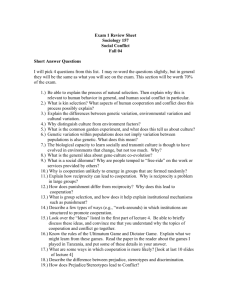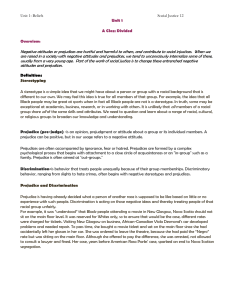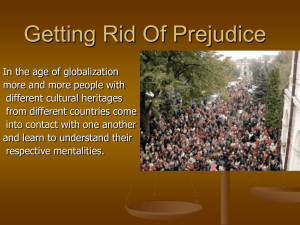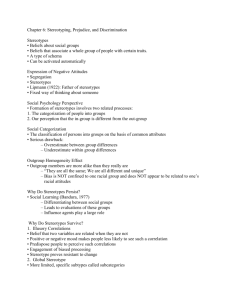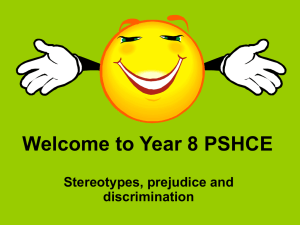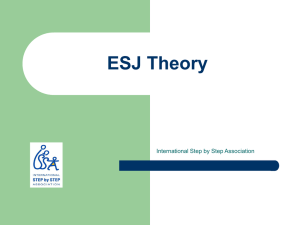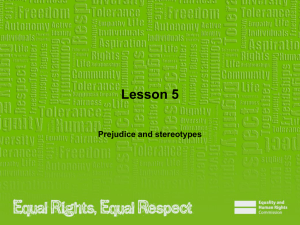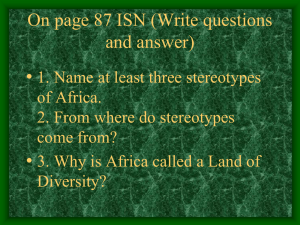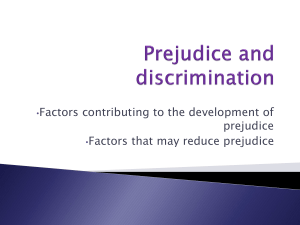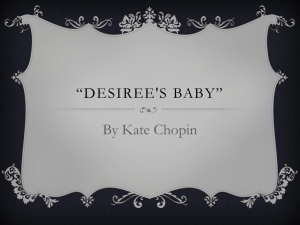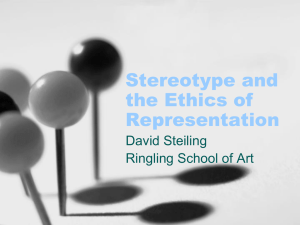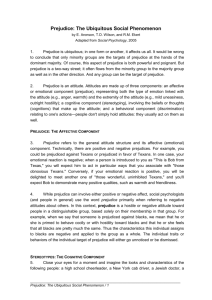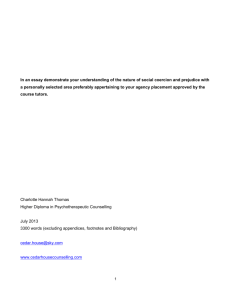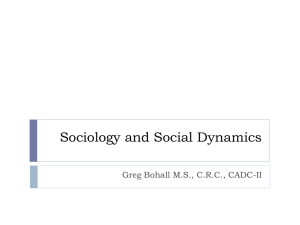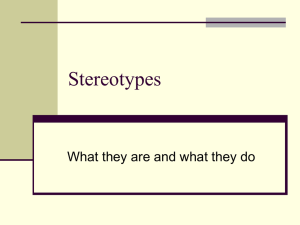1. dia - meitt
advertisement
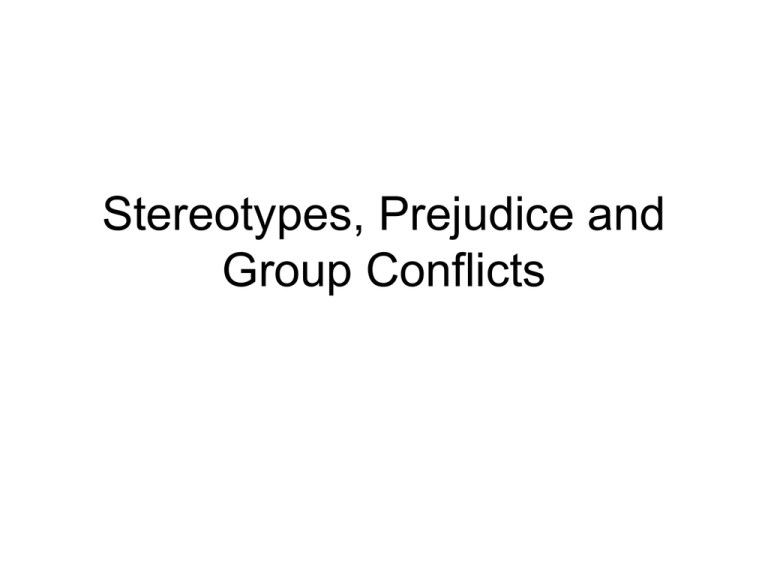
Stereotypes, Prejudice and Group Conflicts Stereotypes and system justification • Stereotypes emerge and are used to explain some existing state of affairs, such as social or economic systems, status or power hierarchies, distributions of resources, divisions of social roles, etc. • Traits on which subordinate groups positively differentiate themselves actually may serve to reinforce the status quo. • System justification: a psychological process whereby an individual perceives, understands, and explains an existing situation or arrangement with the result that the situation or arrangement is maintained. System justification theory (Jost, Banaji, 1994) • People seek to justify the status quo (even when it seems to conflict with personal or group interests) Examples for stereotyping as system-justification Ross, 1977: randomly assigned roles of „contestant” and „questioner” „contestant” and observer identified the „questiner” as more knowledgeable Assignment to the role of slave leads both master and slave to view the slave as „child-like” and „subservient” Assignment to the role childbearer leads women and men to see women as „nurturing” and men as „autonomous” Stereotypes of the working class: unintelligent, incompetent, dirty, and unreliable may serve as a rationalization of their economic plight similarities between stereotypes of lower class and those of African Americans in the U.S. racial stereotypes were inferred from economic disadvantage Consequences • The way to change stereotypes is to change material reality • Different groups across cultures should share esssentially the same stereotype contents if they share the same relative status in their respective societies • Even negative stereotypes of dominant groups may serve the function of system-justification, as long as they indicate that the group is somehow well-suited for its status or role (men’s assumed competitive qualities) Taxonomy of Prejudices Based on the Structural Relations between Groups (Fiske and Glick, 2001) high envious prejudice admiration cooperative competitive interdependence contemptuous prejudice paternalistic prejudice low status Admiration • Relative status: high (or equal with the in-group’s status) • Interdependence: cooperative • Stereotype: competent, warm • Emotions: respect, admiration, affection • Behavoir: defer • Experienced by: subordinates toward generous dominants upon whom they are dependent; ingroup members toward allies; unchallanged dominants toward their own group Contemptuous Prejudice • • • • • Relative status: low Interdependence: competitive Stereotype: not warm and incompetent Emotions: disrespect, resentment, hostility Behavior: avoid, exclude, segregate, exterminate • Experinced by: dominants toward subordinates who are seen as illegitimate dependents (a perceived drain on social resources) Paternalistic prejudice • • • • • • Relative status: low Interdependence: cooperative Stereotype: warm but incompetent Emotions: patronizing affection, pity, liking Behavior: personal intimacy, but role segregation Experienced by: dominants toward subordinates upon whom they are dependent and toward „legitimate” dependents; groups that pose no socioeconomic threat Envious Prejudice • • • • Relative status: high (or equal with the in-group’s status) Interdependence: competitive Stereotype: competent but not warm Emotions: envy, fear, resentment, hostility gruging admiration of ablities • Behavior: avoid, exclude, segregate, exterminate • Experienced by: dominants whose status is slipping and disadvantaged groups toward successful minorities/dominants + the tradition of the scapegoat role in the society Content of stereotypes Emergence of new versions of prejudices • Changing roles and positions of sub-groups in society changing social reality • Strong egalitarian norms (U.S.) WITH (BUT) • Strong commitment toward the ideology of meritocracy (U.S.): the assumption that the progress of people depends (only) on their own talent and achievement • Competition - group level (over real or symbolic resources: social identity theory, Tajfel and Turner) - individual level (over status depending on the level of social dominance orientation of the individual, social dominance theory: Sidanius and Pratto) • Implicit activation of old prejudices and stereotypes Changing social reality changes prejudices high envious prejudice admiration black professionals business women feminists cooperative interdependence competitive contemptuous prejudice poor blacks paternalistic prejudice low status housewives
